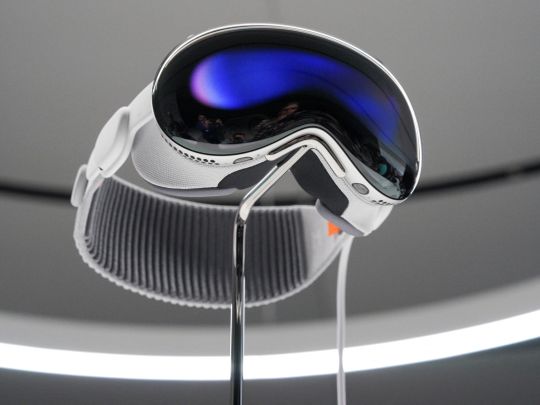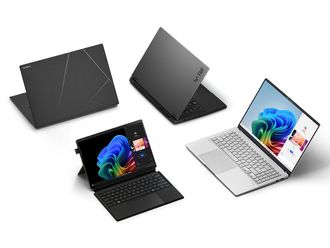
Qualcomm Inc., the biggest maker of mobile phone processors, announced the Snapdragon XR2+ chip designed for virtual and mixed reality headsets that will compete with Apple Inc.'s forthcoming Vision Pro.
The San Diego-based chipmaker said the new component, which can run 12 or more high-definition cameras, will be used by Samsung Electronics Co. and Alphabet Inc.'s Google on products under development.
The market for devices that project information onto the user's view of the physical world was fired up last year by Apple's announcement that it would sell a mixed-reality headset. Qualcomm's chips have been at the heart of many of other companies' attempts to lure consumers to the category, which hasn't yet taken off.
Augmented reality imposes graphics and written content on top of a person's view of the world. Virtual reality places a consumer in a closed digital world. Apple's coming Vision Pro and Meta Platforms Inc.'s most-recent Quest 3 headset mix the technologies. Previous versions Qualcomm's XR chip have featured in devices from Microsoft Inc. and Meta.
Headsets with the XR2+ will use processors and graphics components that are as much as 20% better than their predecessors to project 4K-resolution images on each lens, according to Qualcomm's Said Bakadir, a senior director of product management.
That improvement in quality will ease eye fatigue from reading text, reduce the potential for motion sickness and let device makers implement new features, he said. The chip's ability to handle more cameras will aid in depth perception and the eye tracking required to orient the user in the real world and recognize items.
"A lot of people want more juice to do more things," Bakadir said. "People want to push the platform even higher."
Qualcomm is working with a number of partners in addition to Google and Samsung, and announcements from customers may come as soon as next week's CES show with products available as early as this year, he said.








